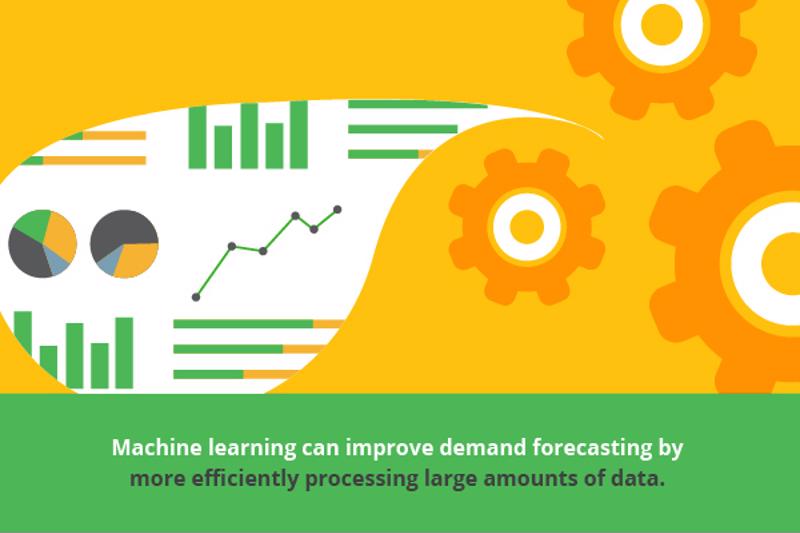Machine learning (ML) is one of the most exciting frontiers in enterprise technology. With ML, computer programs can analyze massive datasets and extract insights from them, whether the use case is improving demand management in a supply chain or becoming better at playing games like chess. Better yet, they can change their functionality without requiring any direct human supervision or direction.
At its heart, ML is an advanced form of artificial intelligence (AI), the field of computer science devoted to making programs reason much like a human would. Both AI and ML are well-suited to supply chain management applications, since core workflows such as demand management and forecasting are data-intensive processes that can benefit from automation.
Let’s look at how ML-powered demand management can benefit a modern supply chain and what you can expect from specific solutions from Oracle on this front.

Why machine learning is perfect for demand forecasting and planning
Traditional approaches to demand management are relatively rigid and sometimes difficult to scale or adjust to new events. For example, a demand planner might need to invest significant time in surveying customers, integrating quantitative and qualitative data and applying various frameworks and models to produce a workable forecast.
The effort involved is significant, to the point that a 2018 Gartner survey on supply chain planning applications identified reducing the amount of required demand planner time as a top reason for integrating ML. Unsurprisingly, demand forecasting was the top cited application for ML among the survey group.
At a high level, ML can improve demand forecasting by:
- Efficiently processing large amounts of information and continuously learning from it, in the form of extracting insights and detecting patterns.
- Enhancing data accuracy, since there is no manual effort involved except during the initial setup and seeding of the ML algorithm’s data.
- Easier forecast adjustments, as the ML solution can process data points (e.g., SKUs) from many disparate sources, something that’s rarely practical with a tool like Microsoft Excel.
- Freeing up demand planner time for other tasks and generally saving an organization money on the resources it has to channel toward accurate forecasting.
ML is particularly well-suited to forecasts for products that are sold in high volumes. A fine-tuned ML algorithm can sort through the massive sets of data corresponding to these sales and identify patterns that might be relevant for forecasting.
At the same time, it is important to understand the risks and limitations of using ML in demand forecasting. The initial setup of the program can be very involved, since you want to ensure proper configuration and transparency. In other words, an ML algorithm that’s flawed from the outset will not yield valuable insights.
Preparing for future Oracle advances in AI and ML
Oracle is gradually building out its portfolio of AI- and ML-enhanced technologies. For example, it’s working on Adaptive Intelligent Applications that can support ERP and HCM systems. Its various acquisitions, including of cloud-based AI firm DataFox, will also likely lead to further integration of AI and ML services into its solutions.
Preparing for these changes is easier when working with an experienced partner like Inspirage. Learn more about how we can help by visiting our resource center or contacting our team directly!